Last month I got a call from photo editor Dominique Hildebrand about how the Washington Post’s coverage on Hurricane Helene landed them a Pulitzer Prize finalist nomination for national reporting. The story, The Unending Storm, I did with them in Swannanoa, NC was part of the submission.
I had joked about it earlier in the year to the videographer I worked with about our story being part of a Pulitzer Prize package because I believed in the Post’s climate team’s coverage. I didn’t think it would actually happen.
It was weird for me to claim this “win” because I felt like a phony or that it wasn’t mine to claim. I was grateful to be part of the team, but also wondered… what does this mean for me personally? It wasn’t something I was thinking of when I was doing the work. My focus was on the people I met, their stories and for me to do my best in elevating their experiences for people to see.
In the early years of my career, I focused on awards and or having a certain publication hire me. I was concerned with who I was #onassignment for. I was extremely ambitious while in photojournalism school and that followed me as I entered the freelance world.
There are benchmarks one tries to reach when working as a photojournalist. These are some things I was told and believed I needed to attain to consider myself as a successful photojournalist.
work should be published in a well known publication (a student asked me on my second day of photoj school if I was published and I said “ya, in my church magazine” and he just stared at me 😅)
attend the Visa pour l'image in Perpignan, France
get accepted to Eddie Adams Workshop (I applied for the last time this year just because)
work for the New York Times, TIME magazine or National Geographic Magazine
pitch stories and get them accepted by legacy media outlets
get hired because of your specific visual style
get sent to a different city, state or country for an assignment
have your work acquired for an exhibition or part of a museum’s permanent collection
win a POYI or World Press Photo award
In my early days, I wasn’t encouraged to pursue stories I cared about, but to aim for these benchmarks. I thought attaining all of these things would validate me as a photographer. Though I am grateful for what I’ve achieved so far, I am distancing myself from all this. I’m not sure if this kind of toxic productivity was the right way to build a foundation for my career. It’s taken a few years to unlearn the hustle, the perfectionism and competitive mindset that was ingrained in me for so long. The chase for external validation wore me out and and I know isn’t enough to keep going in an industry that is in constant flux.
And for those outside of the industry, most of these things don’t matter or are irrelevant. People who follow my work simply want to see good pictures. What matters is if I care or enjoy the work I do because I know that will, in the end, create good work.
Photography was a hobby until it became work. And for a while, I became obsessed with the work and the industry. The mix of becoming a parent and therapy helped my ambition evolve into something more quiet. I don’t have time to ruminate on why so-and-so editor won’t hire me anymore or why emails go unanswered. I’ve been trying to pitch a story since March and I keep hitting dead ends. Last year, this would have stressed me out. But now I believe if something is for me, the doors will open, otherwise, it just isn’t the time for it.
Maybe for some folks, it looks like I’ve become less ambitious. For me, it isn’t that I have less of it but I’m letting it lead me differently. The energy is going into the actual work of photography, what feels good and what is fun rather than trying to play the game of this industry. There’s a freedom to this. I still have story ideas and grants I apply to and publications I’d like to still work with, but it is no longer all-consuming and my entire identity.
We need more soft and tender ambition that pushes against the boundaries of capitalism and it’s lies that we must keep producing to be of value. Here’s to imagining new ways of being ambitious.
Until next time ✨✨✨
Recent Work….
The Wall Street Journal sent me to Father Judge High School, the only Catholic high school in the country with a trades program for their students. I spent time with automotive and welding students.
“Elijah Rios won’t graduate from high school until next year, but he already has a job offer—one that pays $68,000 a year.
Rios, 17 years old, is a junior taking welding classes at Father Judge, a Catholic high school in Philadelphia that works closely with companies looking for workers in the skilled trades. Employers are dealing with a shortage of such workers as baby boomers retire. They have increasingly begun courting high-school students like Rios—a hiring strategy they say is likely to become even more crucial in the coming years.”
Words by Te-Ping Chen
Photo editing by Samantha Kelly & Maia Booker
I worked on a story for the New York Times in Harrisburg, PA. on the Bhutanese refugee community and how ICE and deportations have impacted their community. This was a tough story to work on because anyone that had been impacted by deportations did not meet with us and would not be photographed. How do you tell a story of fear and hiding?

“Information from the Department of Homeland Security and Immigration and Customs Enforcement about the recent deportations has been sparse. The lack of transparency has left community leaders, politicians and grieving families in Harrisburg and the surrounding Central Pennsylvania region — which has taken in some 40,000 Bhutanese refugees over two decades — grappling for answers and consumed by fear.”
Words by Kurt Streeter
Photo editing by Stephen Reiss
What Has Happened to the American Dream? At President Trump’s 100 days, the New York Times asked dozens of people what they thought of the American dream. I met Mijuel K. Johnson, a tour guide in Philadelphia, for portraits and to talk about the American dream.
“Some believe Mr. Trump’s economic agenda will eventually deliver the dream as he promised through a stronger, made-in-America economy. For others, the entrenched income disparities and economic uncertainty have been disruptive and unmooring, more barrier than pathway.”
Words by Audra D.S. Burch
Photo editing by Heather Casey
I met author Yiyun Li for the New York Times for an interview they did for her most recent book “Things in Nature Merely Grow” which I started to read right before I met Li. The book is heartwrenching but also as-a-matter-of-fact. Li writes about the limitation of words and language as she write about the grief of losing both her sons to suicide.
“In some ways, Li’s memoir is a radical rebuke of the conventions surrounding grieving. Early on, she warns those who expect a narrative of healing or solace to stop reading: This is not a story about overcoming loss or moving on.
“I don’t ever want to be free from the pain of missing my children,” Li told me when we met on a sunny day in April at her home near the university, where she teaches creative writing. “This pain is in my life for ever and ever, and I don’t want to do anything to mitigate the pain, because to mitigate it means that’s something bad, it’s an illness or affliction.
Words by Alexandra Alter
Photo editing by Erica Ackerberg
Other links & updates

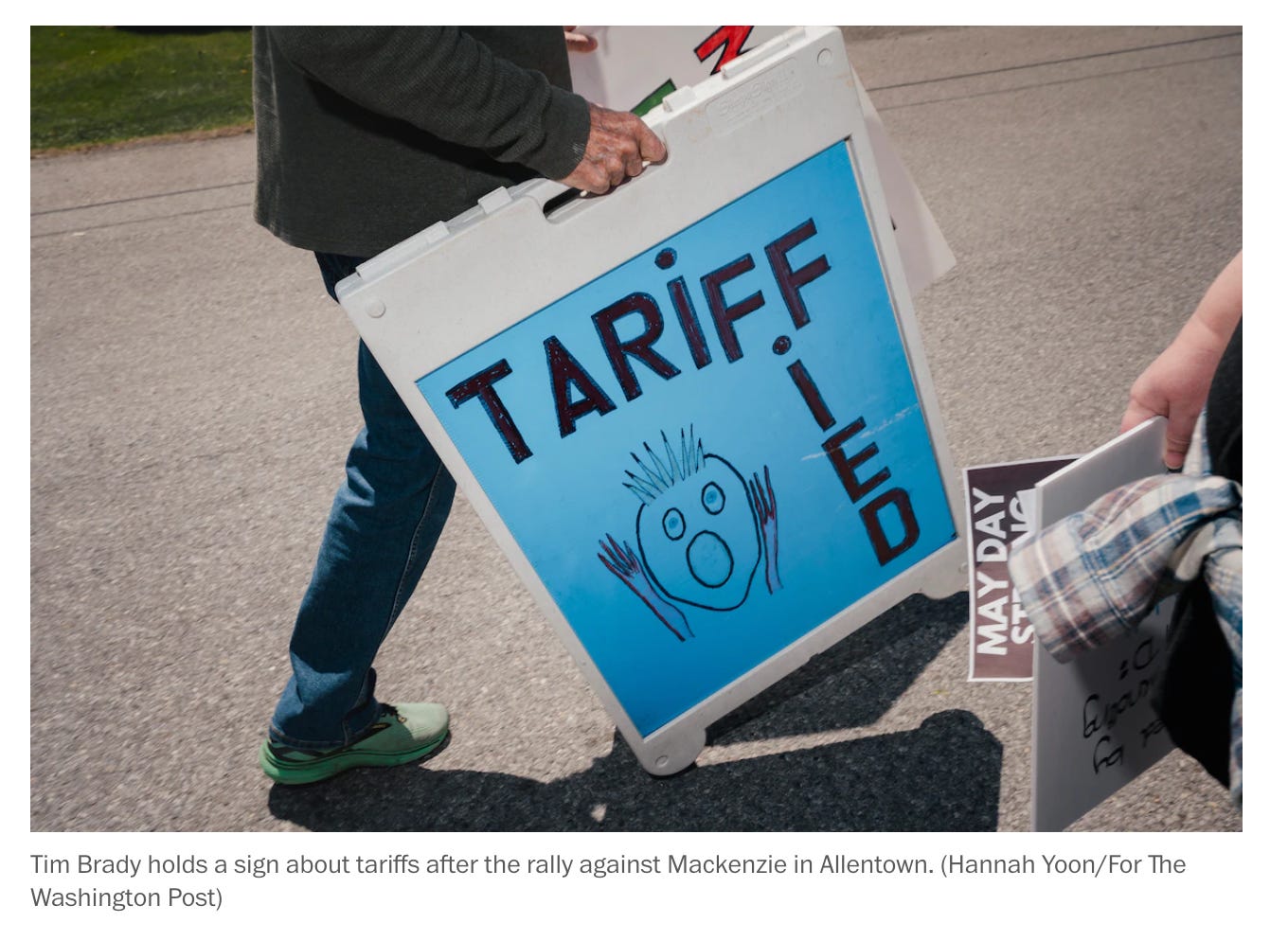

One of my photos from Swannanoa, NC was selected for American Photography 41
Links, podcasts, books, blogs ✨✨✨
Check out Moriah Ratnor’s story on a D.C. beauty school offers incarcerated people a second chance in the Washington Post
The Marshall Project publishes a series called Life Inside and Camille Farah Lenin has been working with Celina Fang to publish these beautiful Love Beyond Bars essays.
Thanks to Greta Rybus for sending me this TikTok on understanding ambition and the healing journey one goes through
Trevor Noah has an episode on ADHD, which is super enlightening whether you have it or not.

✨✨✨

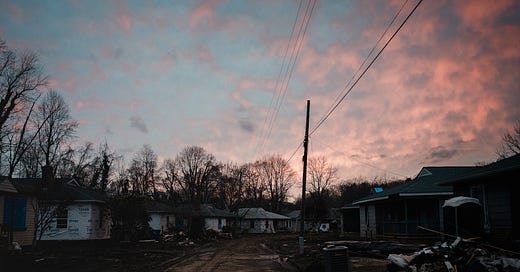




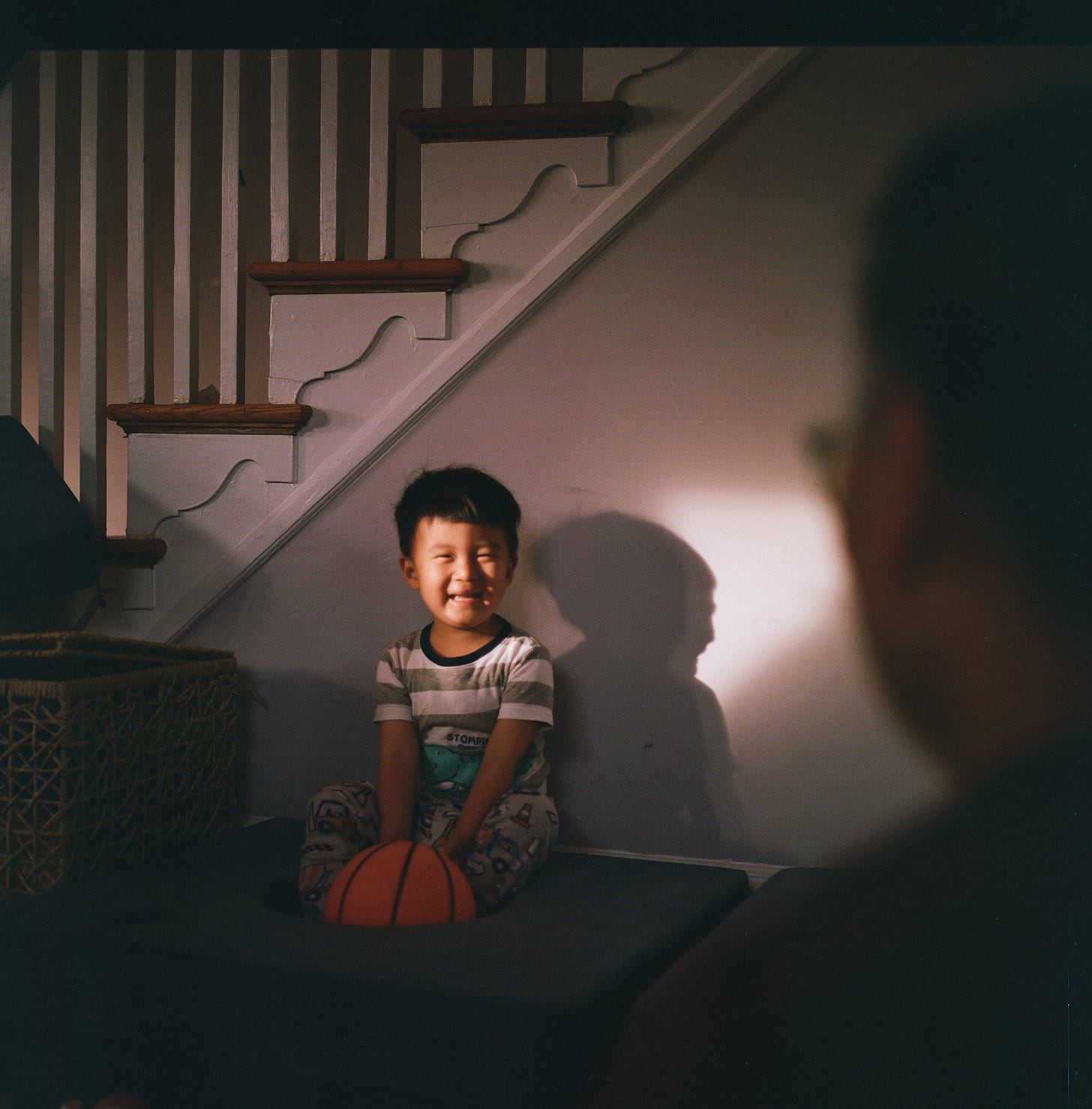

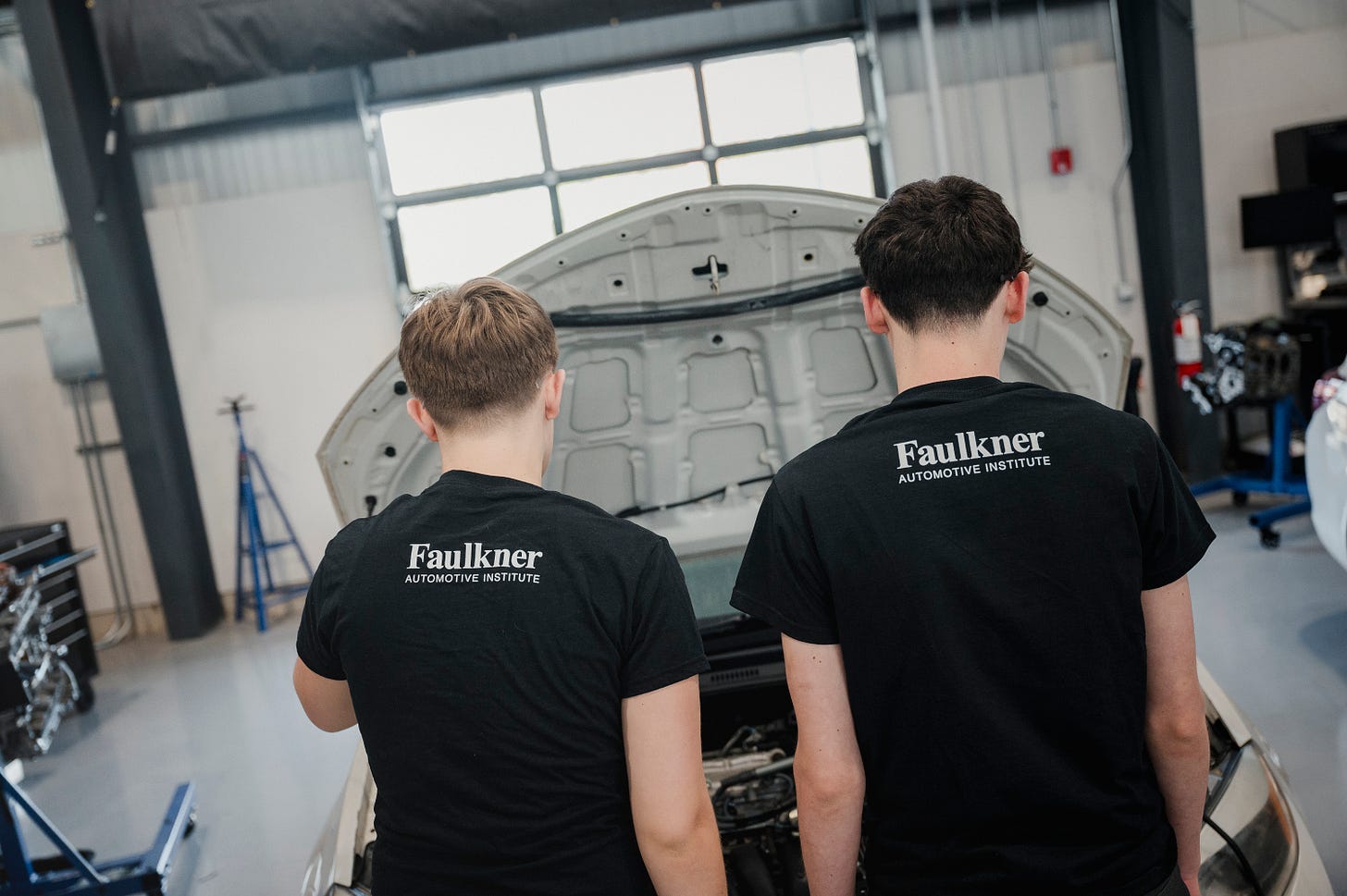
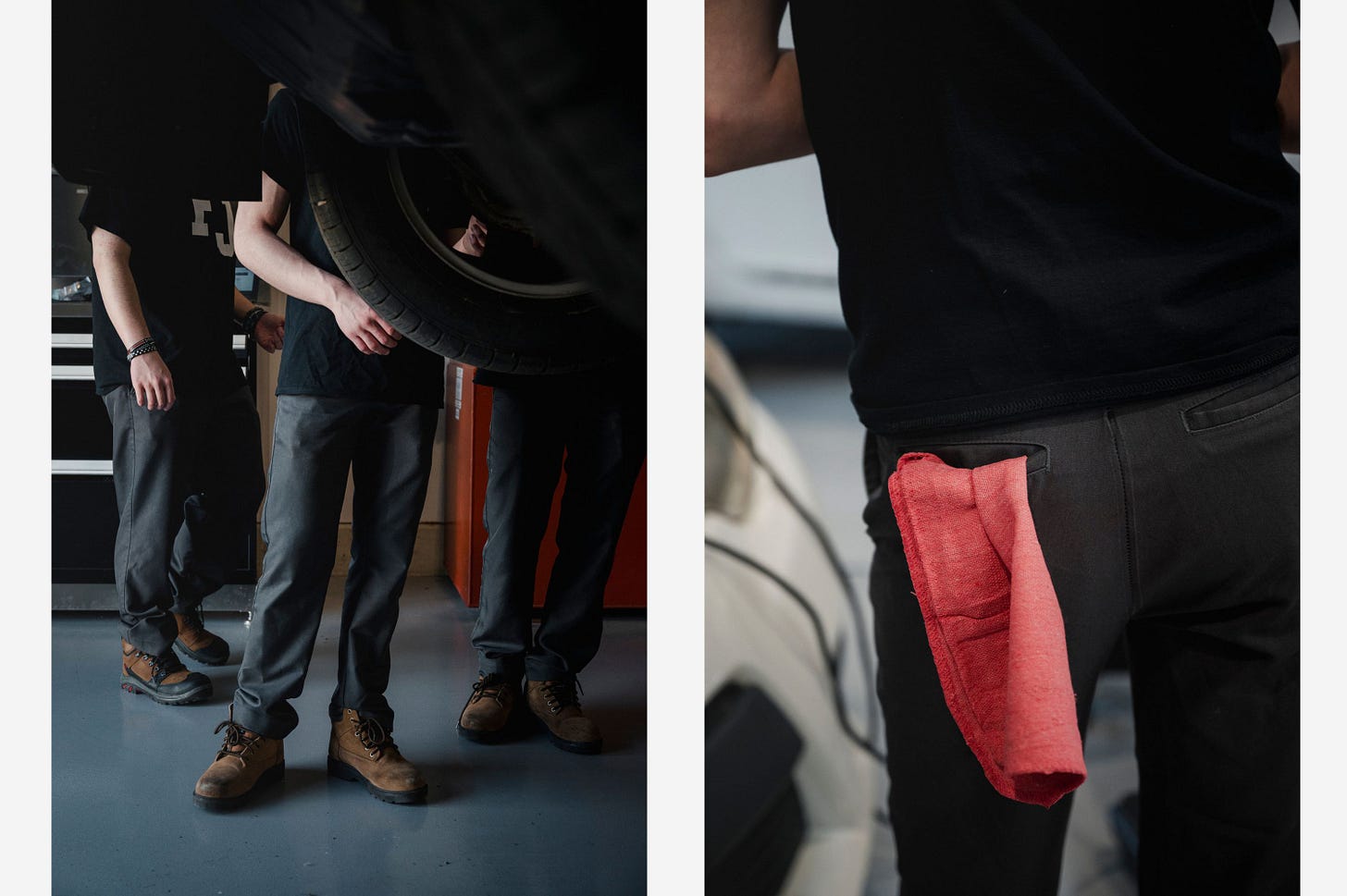
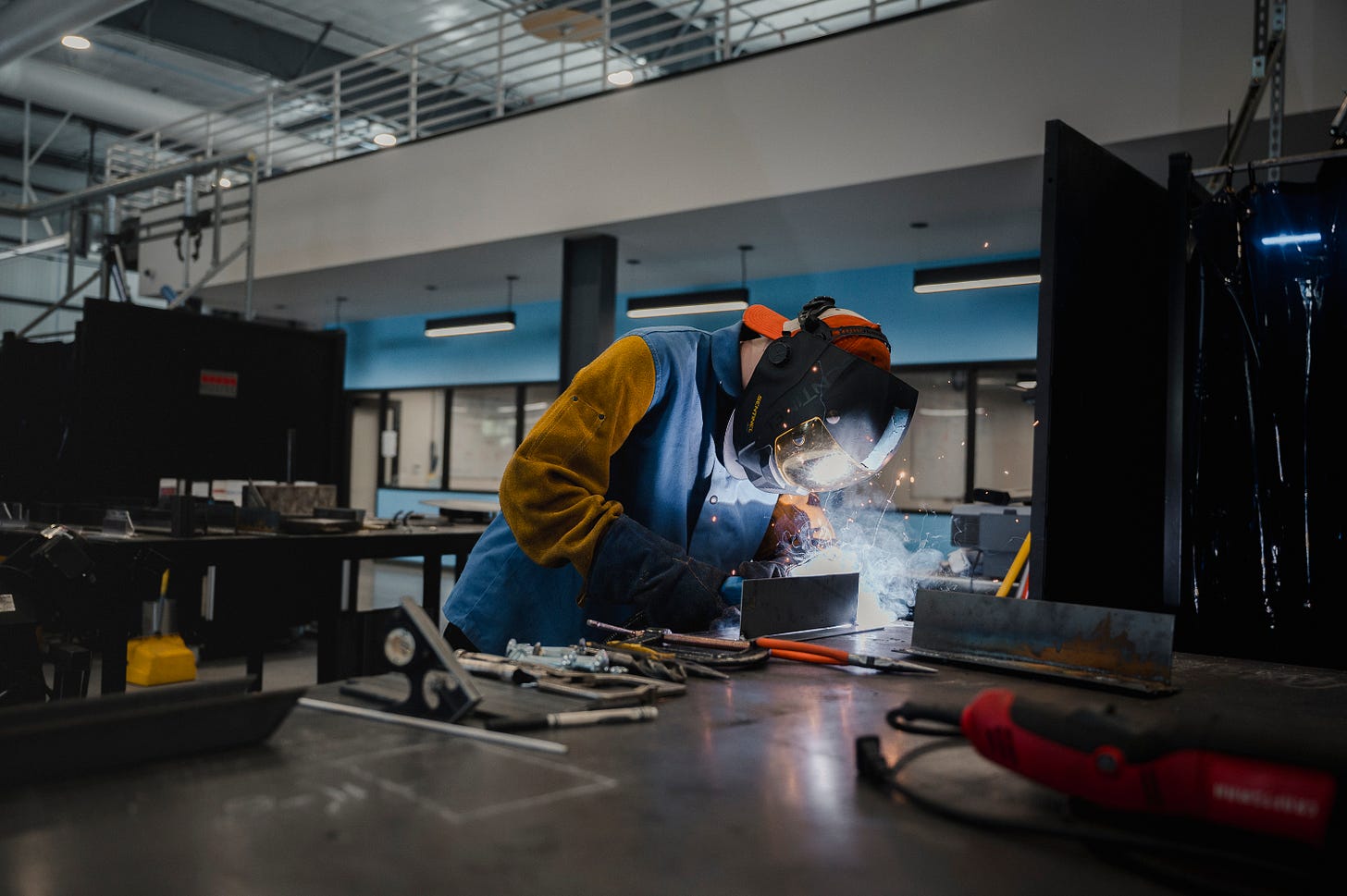
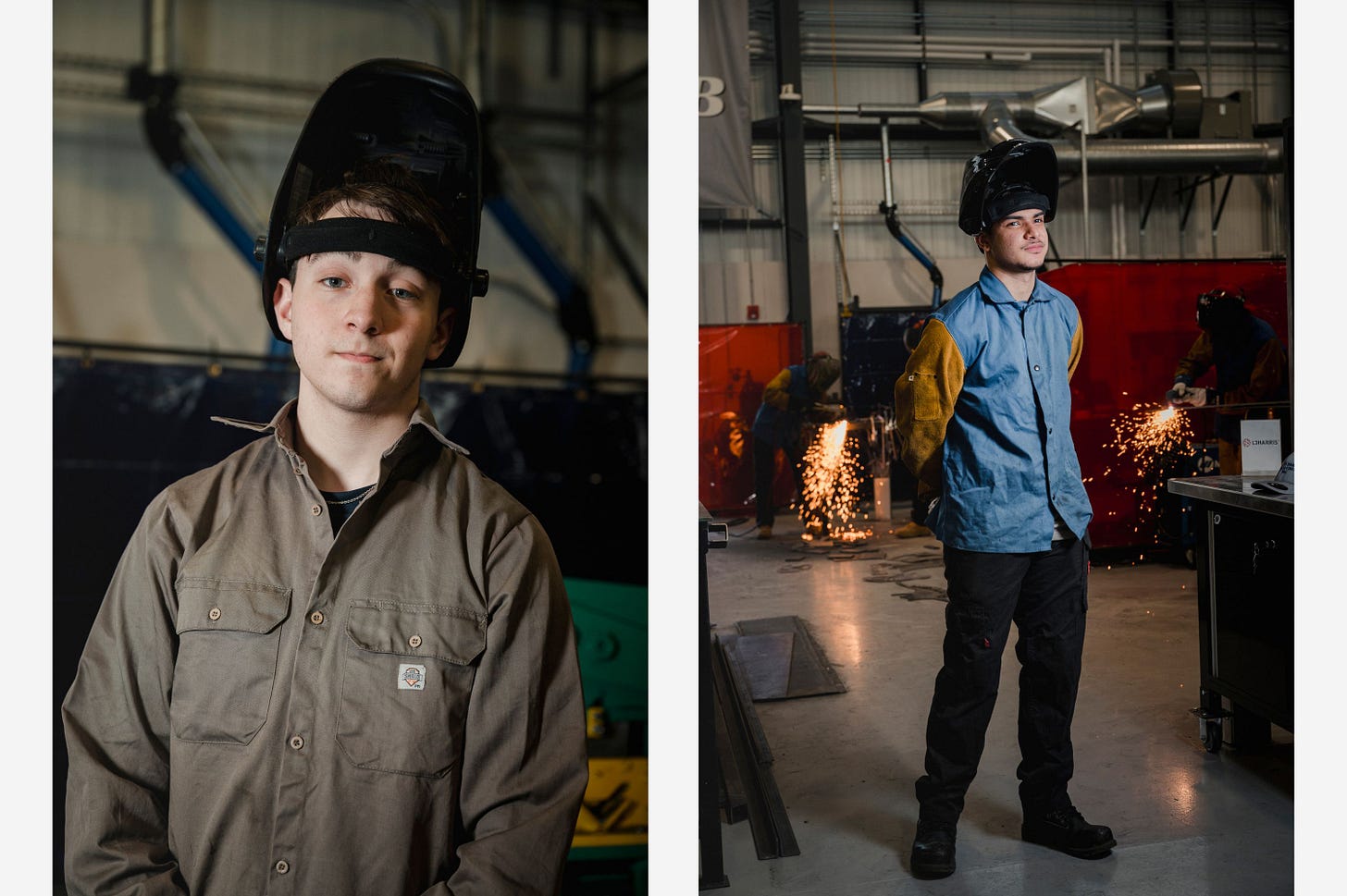
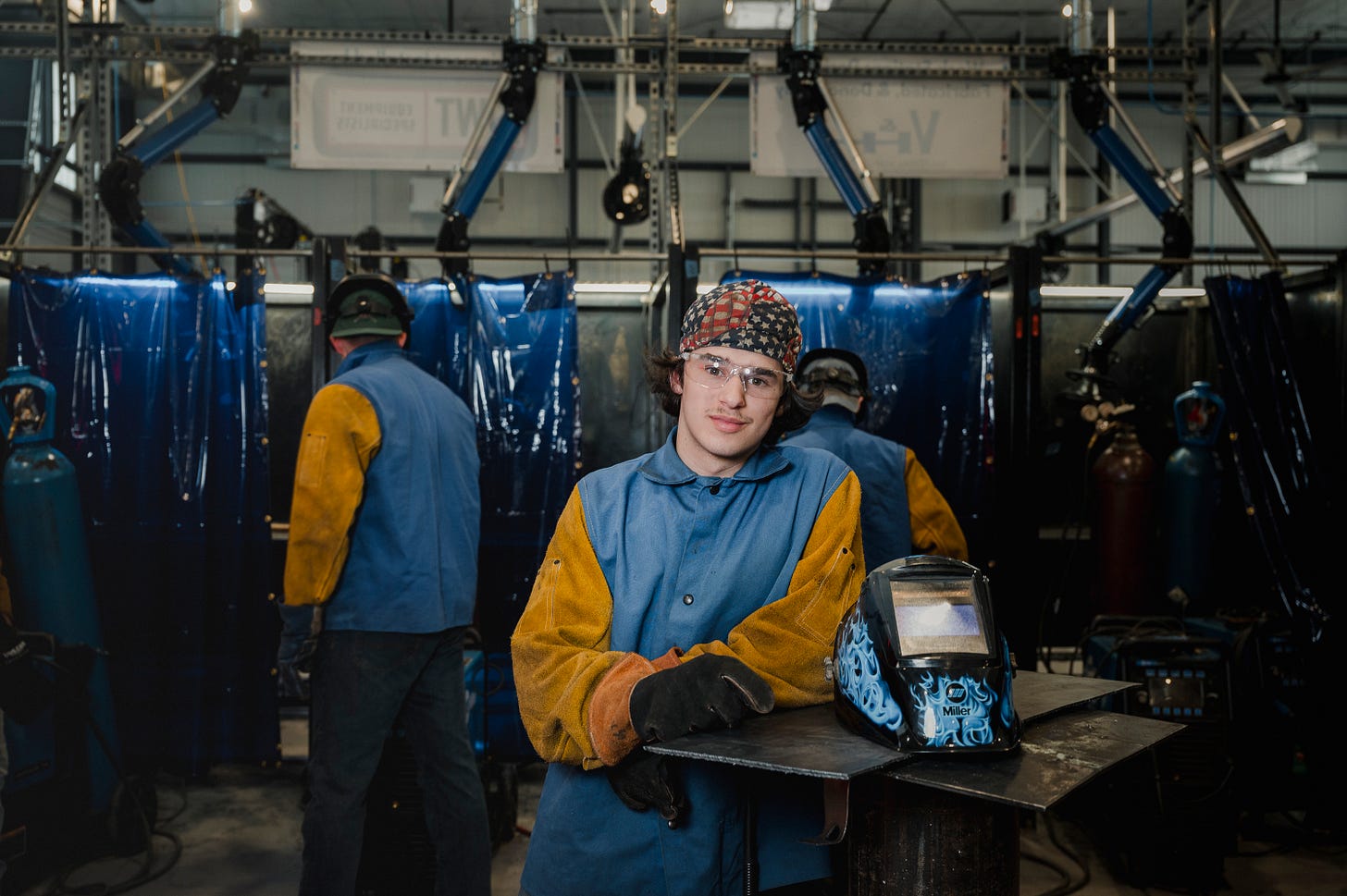

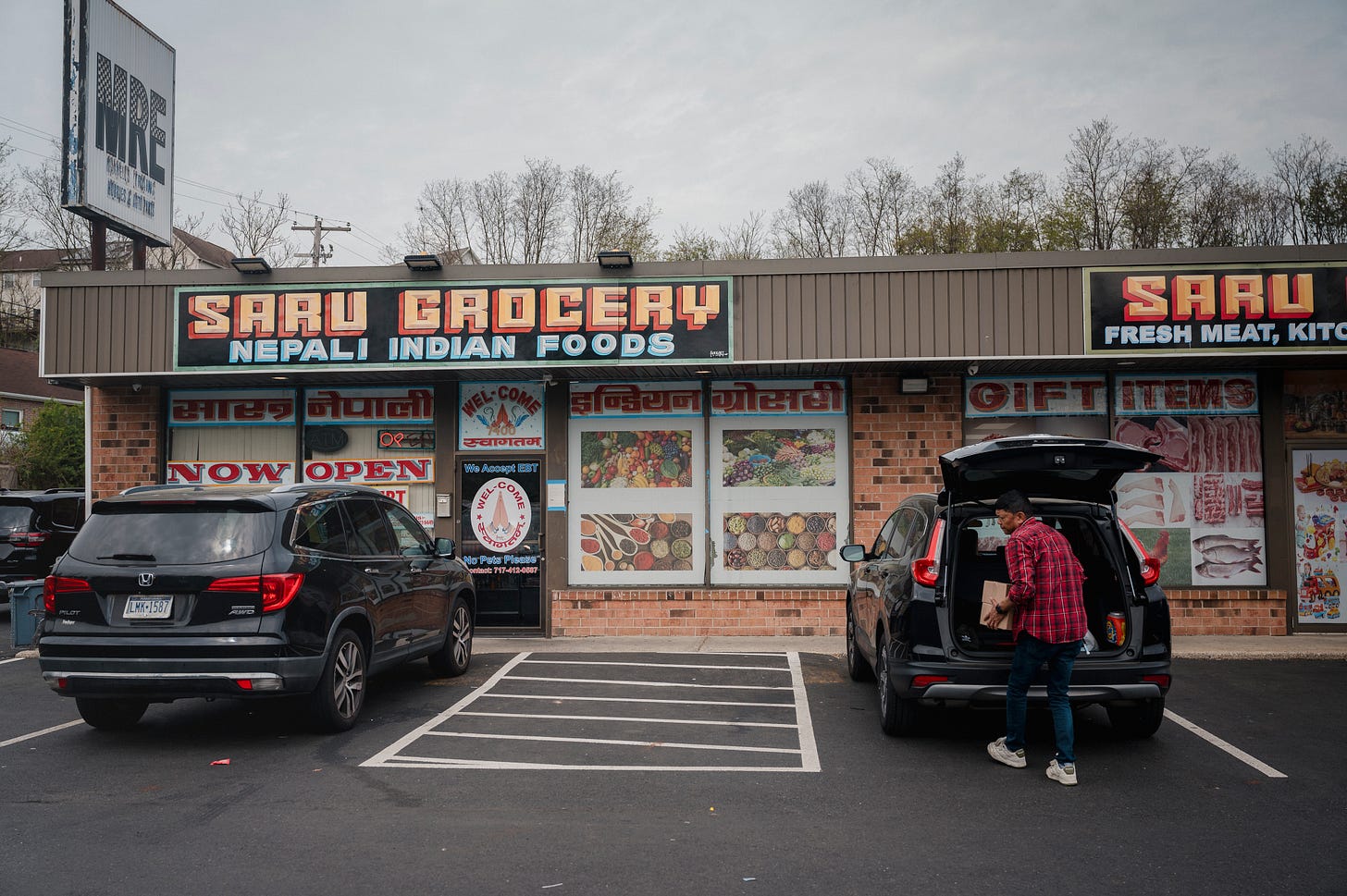
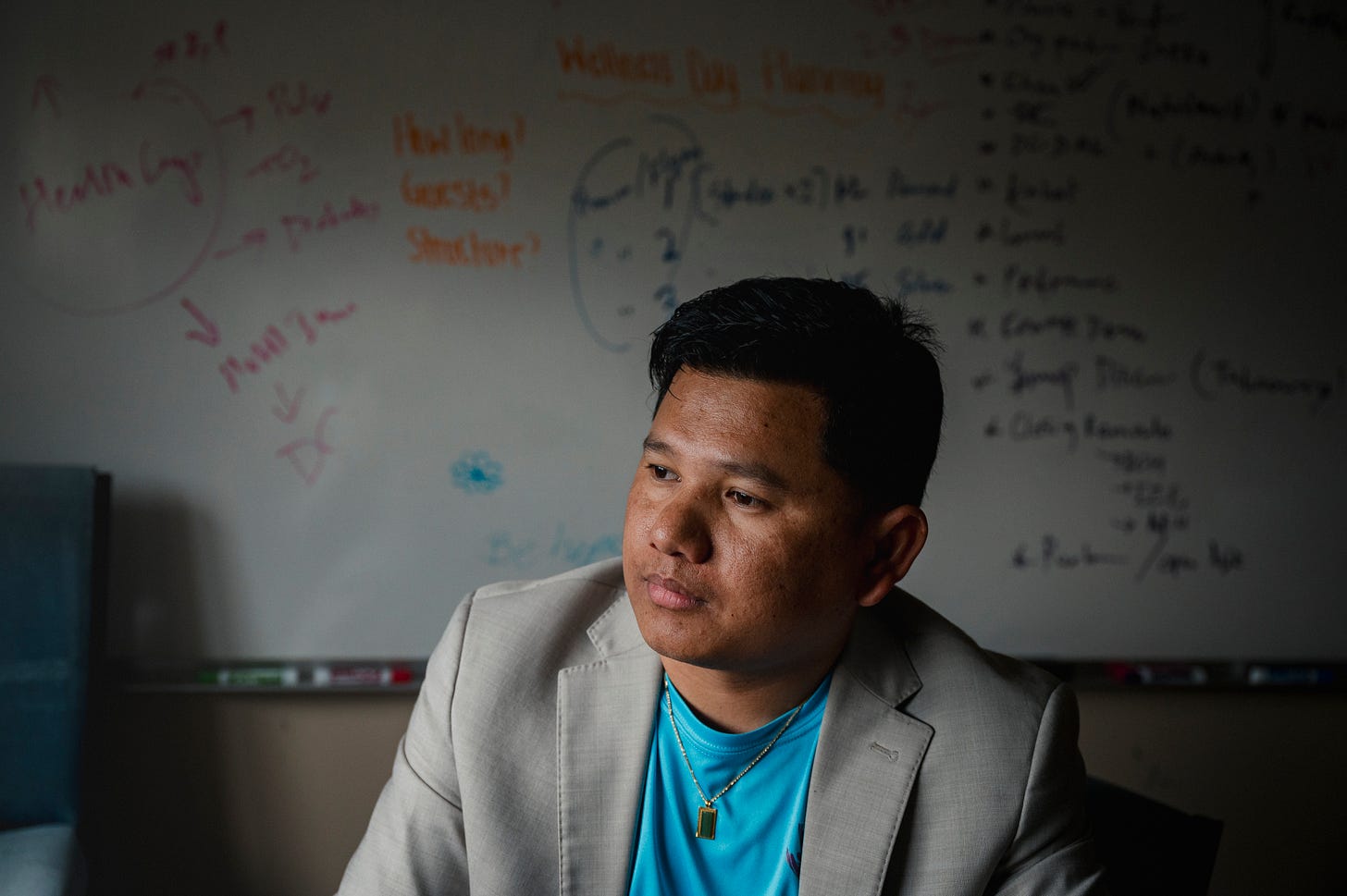
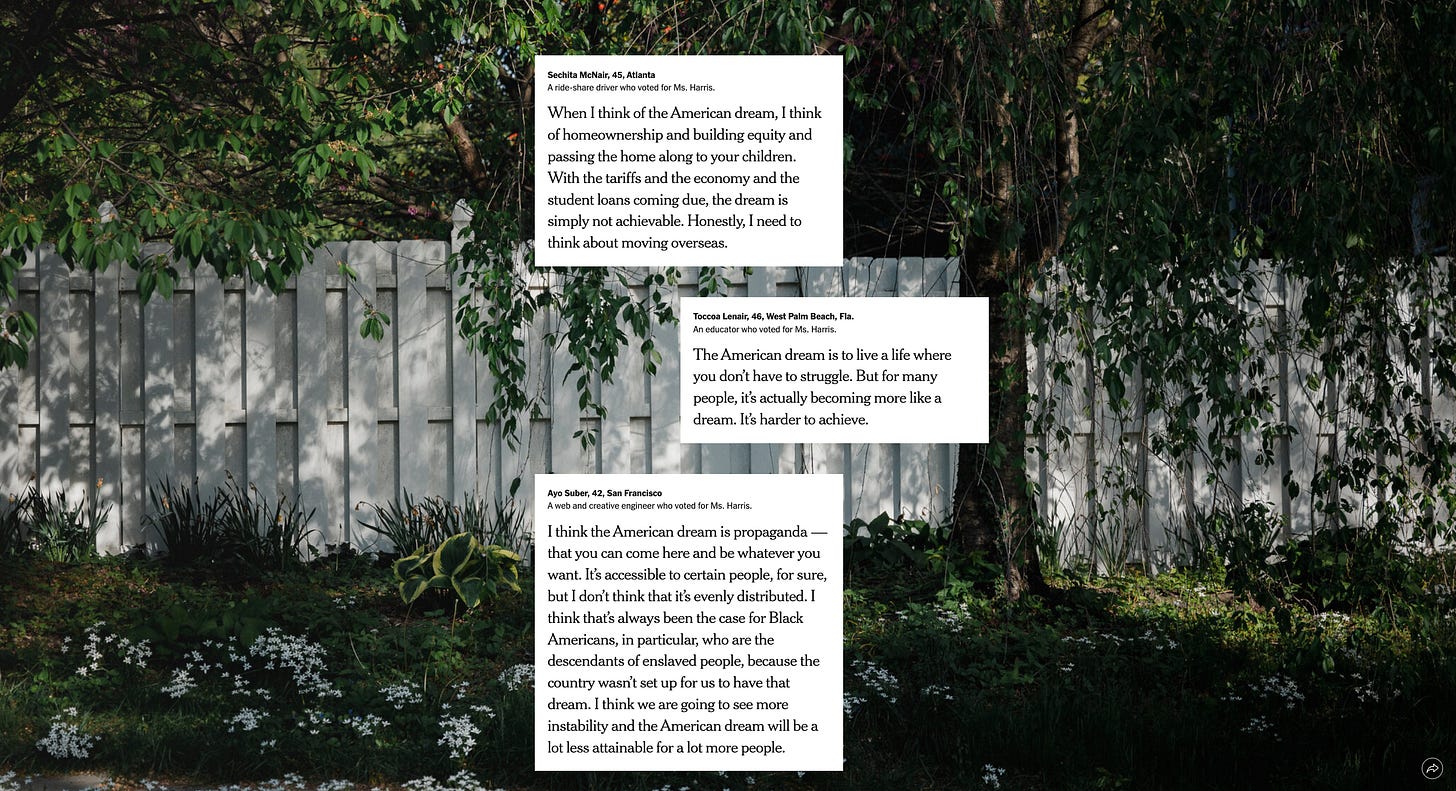
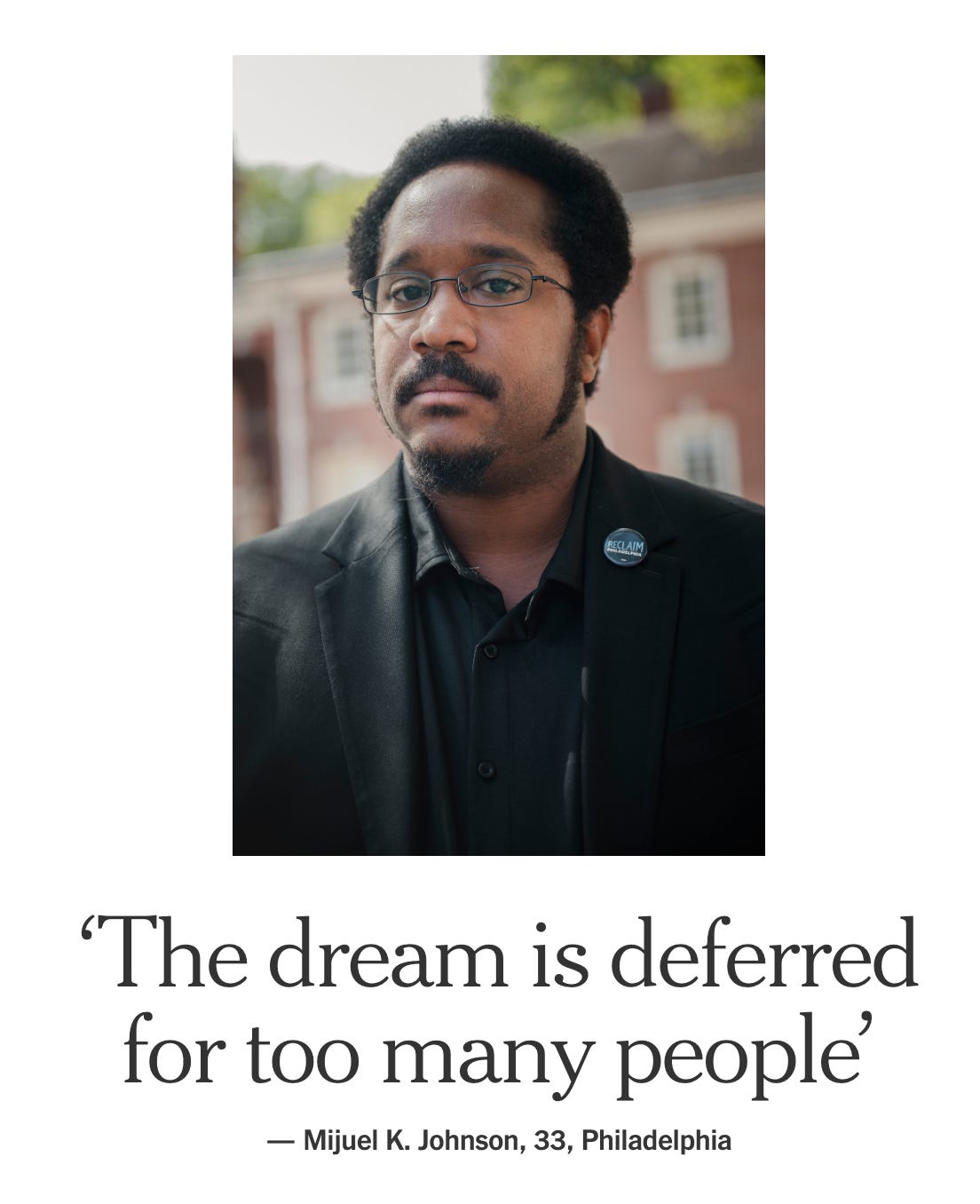
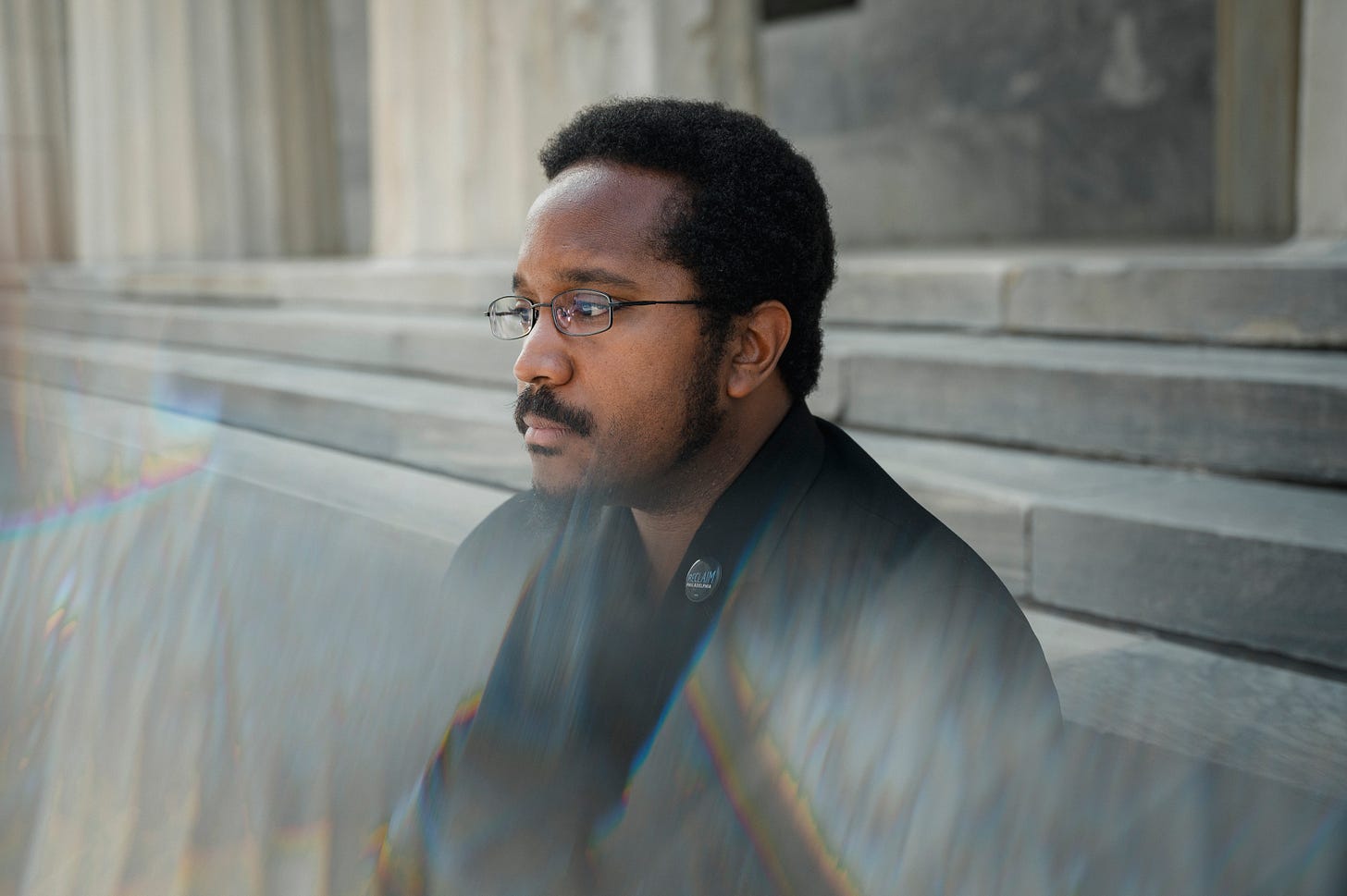
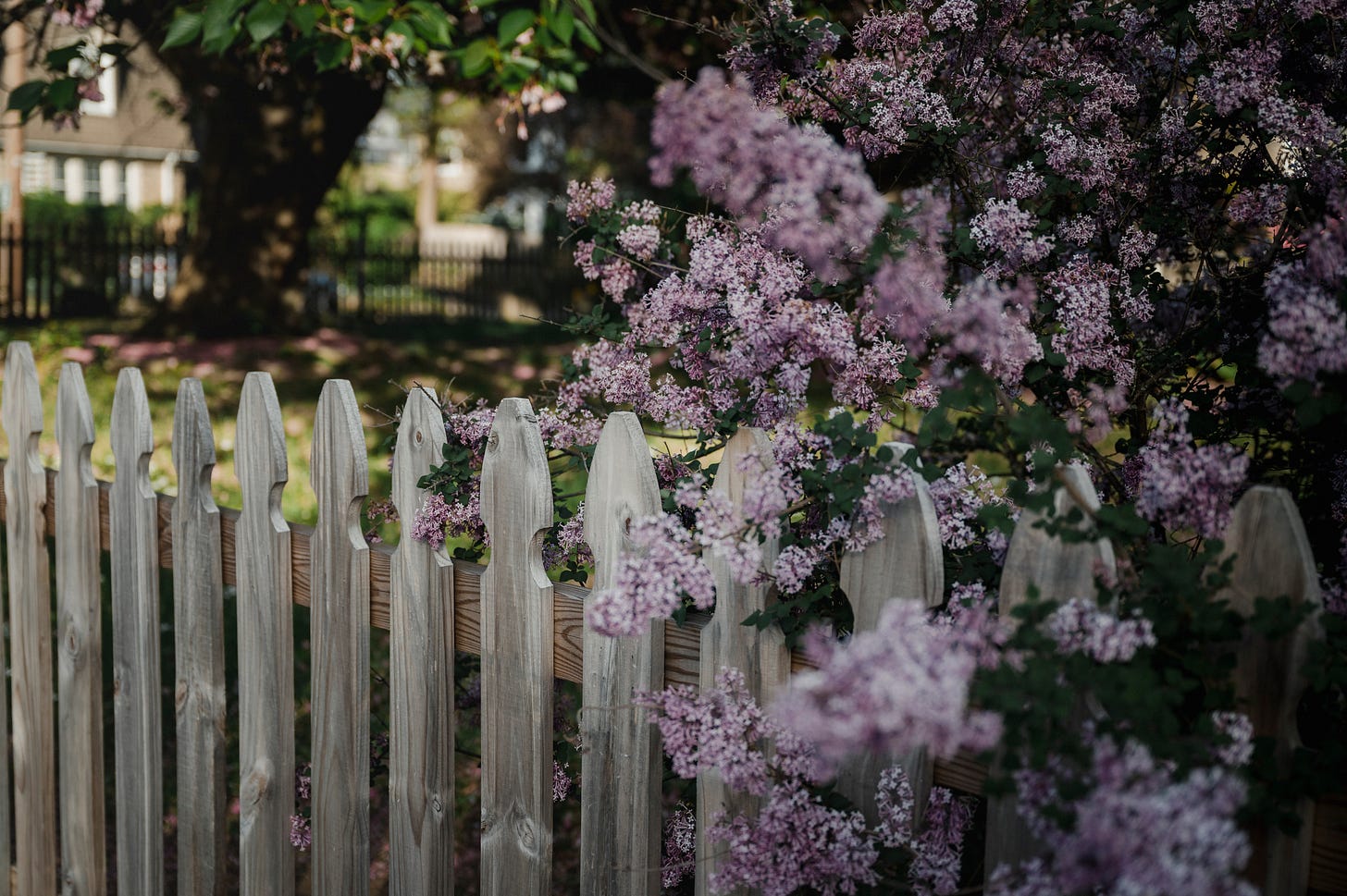

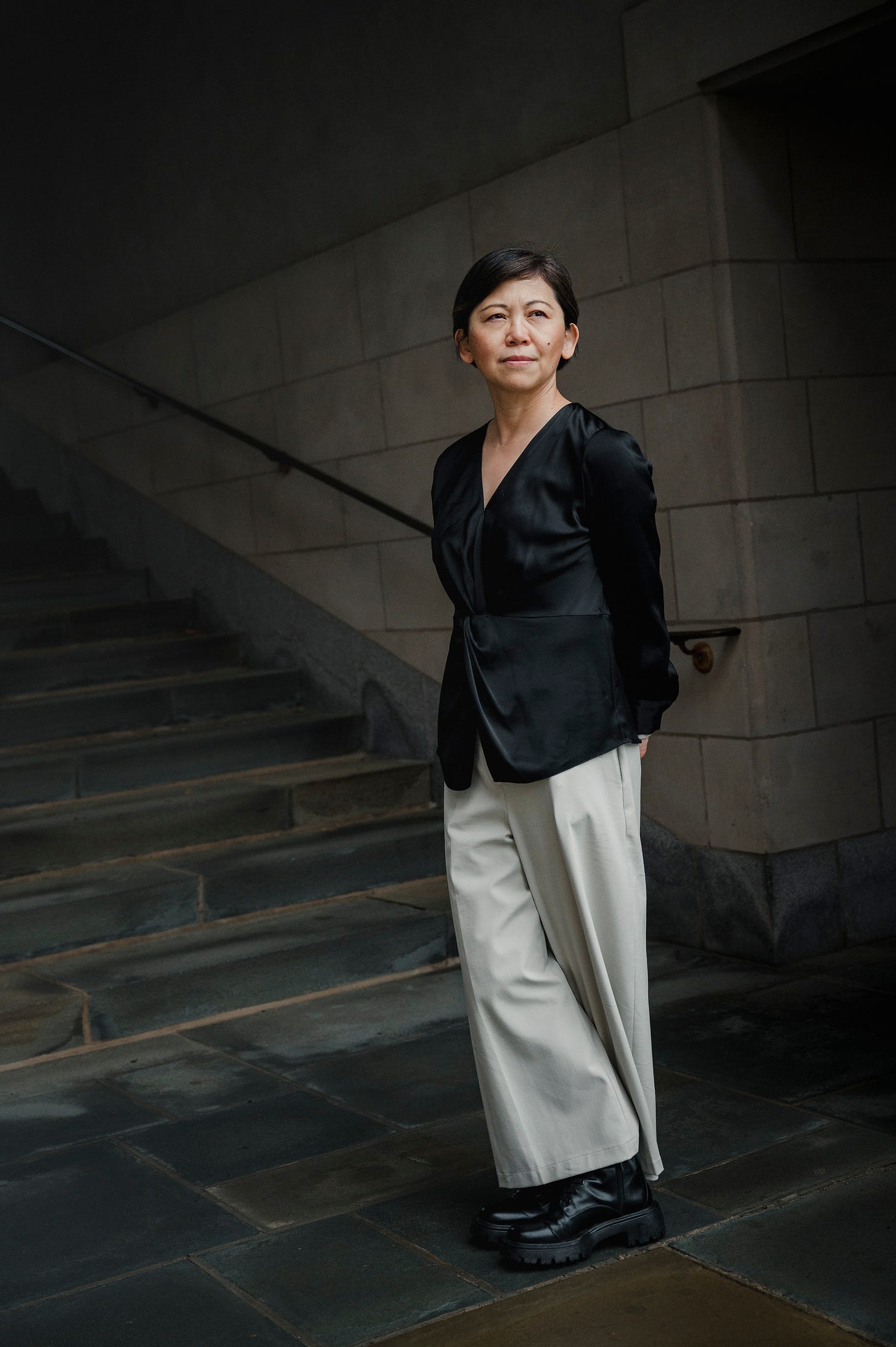
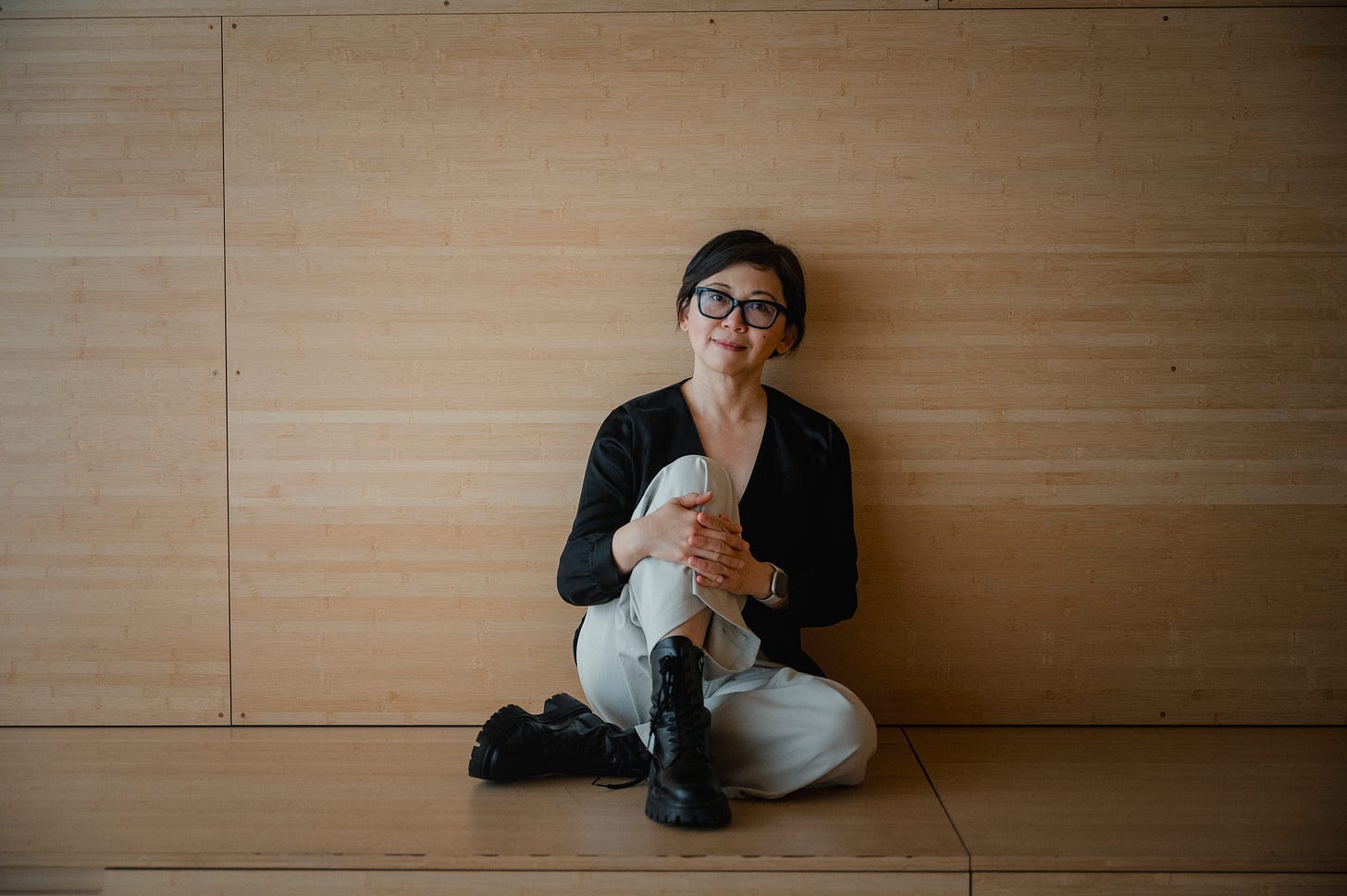
I reflect this exactly! Thanks for writing and sharing - inspiring!
I love this for you! The quietness of meaningful ambition in your life!